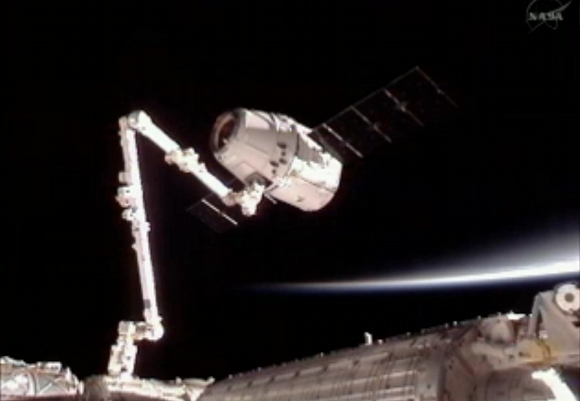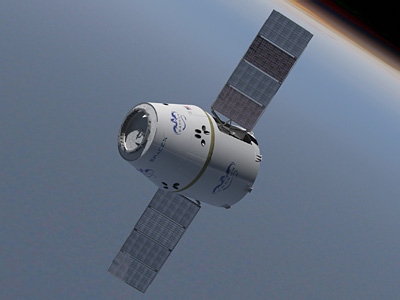Along with all the jokes about the meteor that streaked over Siberia last week, there has been some useful re-orientation of thought about the demonstrated need for better detection tools:
For decades, scientists have been on the lookout for killer objects from outer space that could devastate the planet. But warnings that they lacked the tools to detect the most serious threats were largely ignored, even as skeptics mocked the worriers as Chicken Littles.
No more. The meteor that rattled Siberia on Friday, injuring hundreds of people and traumatizing thousands, has suddenly brought new life to efforts to deploy adequate detection tools, in particular a space telescope that would scan the solar system for dangers.
A group of young Silicon Valley entrepreneurs who helped build thriving companies like eBay, Google and Facebook has already put millions of dollars into the effort and saw Friday’s shock wave as a turning point in raising hundreds of millions more.
“Wouldn’t it be silly if we got wiped out because we weren’t looking?” said Edward Lu, a former NASA astronaut and Google executive who leads the detection effort. “This is a wake-up call from space. We’ve got to pay attention to what’s out there.”
Astronomers know of no asteroids or comets that pose a major threat to the planet. But NASA estimates that fewer than 10 percent of the big dangers have been discovered.





